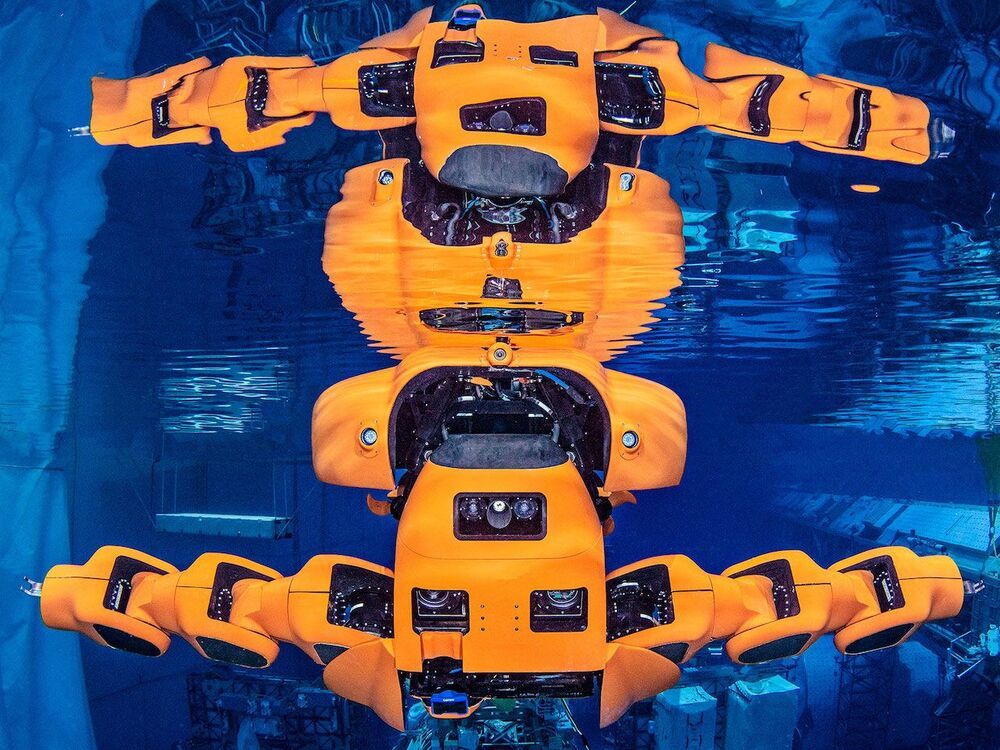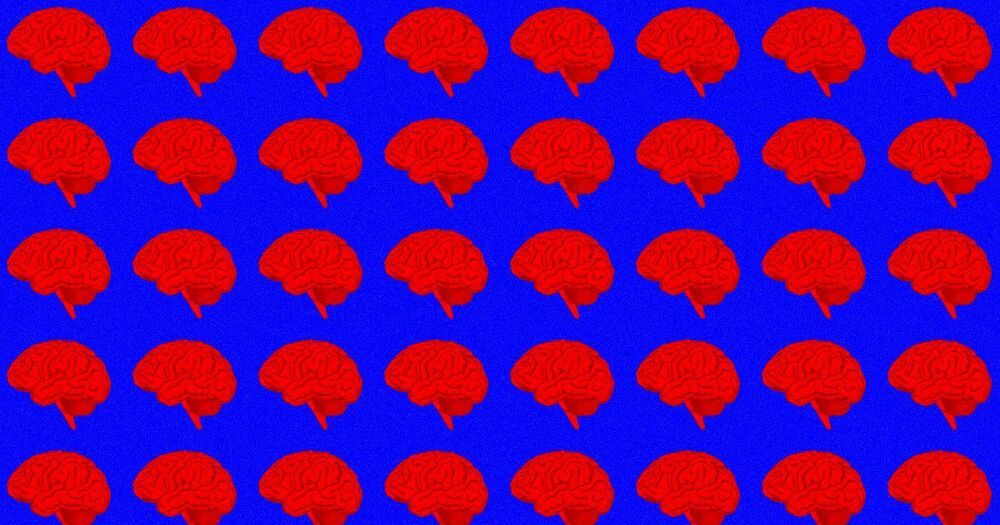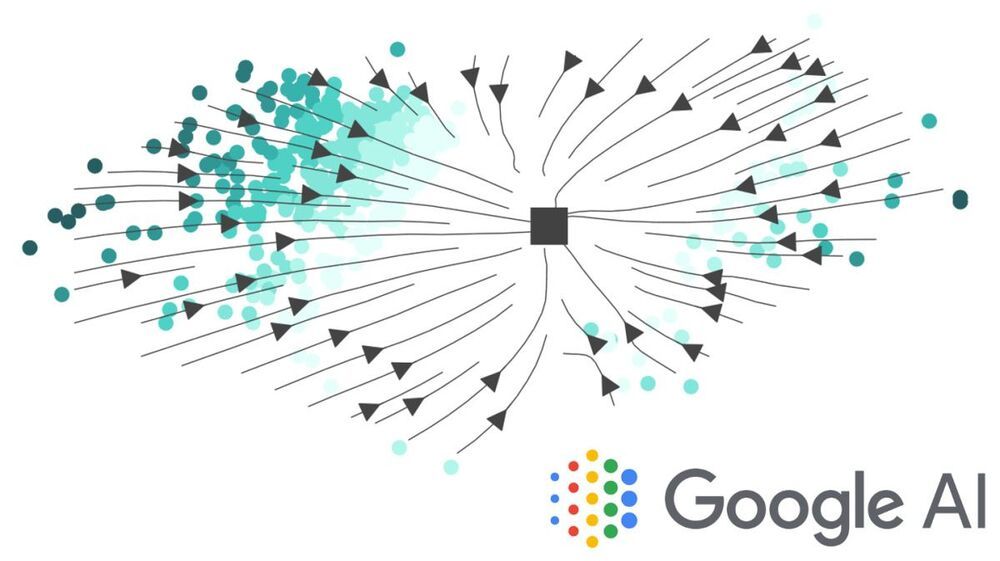Using a material that only responds to changing light like a human retina would, a new digital sensor could let robots or self-driving cars better observe moving scenes.



Your weekly selection of awesome robot videos.

It’s easy to forget that Kawasaki is much more than a motorcycle company. While its famously crazy motorcycles are certainly the most visible part of the brand outside Japan, Kawasaki Heavy Industries is a 124-year-old industrial colossus that brought in US$15 billion in revenues last year. Only $3.2 billion of that came from the motorcycle and engine division – a further $2.5 billion came in from energy systems and plant engineering, and $2.2 billion from precision machines and robotics.
The largest segment of the Kawasaki empire, contributing $4.6 billion, is its aerospace systems division. Kawasaki makes a small range of military and civilian helicopters, as well as large turbofan engines for various Airbus and Boeing airliners.
So this new K-Racer design is well within the company’s wheelhouse. The K-Racer is an unmanned compound helicopter – compound referring to the fact that it uses multiple propulsion systems. Its 4-m (13.1-ft) top rotor looks much like the one on any large helicopter, and it’s clearly capable of modifying the angle of its blades as they rotate around the central shaft to give it omnidirectional tilt and movement capabilities.

Buying a pair of prescription glasses is cumbersome process. Retail stores often charge hundreds of dollars—not including add-ons like UV coating—and require customers to return days or weeks later to pick up their spectacles.
Japanese eyewear maker JINS wants to change this. An unknown brand in the US, the Tokyo-based company is getting ready to expand outside of Asia and open its first US store this week. The outlet on San Francisco’s Powell Street—the heart of the city’s shopping district—will sell glasses ranging in price from $60 to $120 that take 30 minutes to make. (The price covers the frames, lenses, UV coating, and case; progressive, bifocal, colored, or polarized lenses will cost an additional $60 to $80.)
JINS is hoping Americans will start seeing glasses as an impulse buy—maybe something they might pick up to match an outfit.

https://media.blubrry.com/drjohnday/p/drjohnday.com/podcasts/Podcast217.mp3 Podcast: Play in new window | DownloadSubscribe: Apple Podcasts | Android | RSS6 Foods to Reverse Aging with Lithium Could a microscopic dose of the psychoactive drug lithium, which occurs naturally in mineral water and certain foods, actually be the secret to less heart disease, better moods, and a longer life? In this article, I share how eating six foods may reverse aging with lithium.

Careful, you may end up with mini cyborgs!
“The closer we come to his goal, the more likely we will get a brain that is capable of sentience and of feeling pain, agony and distress,” Christof Koch, chief scientist and president of the Allen Brain Institute, told the NYT.
The human brain is so complex that scientists are still guessing at many aspects of how it works. That’s the appeal of mini-brains — they’re comparatively simple balls of neurons that simulate some characteristics of full brains but which barely scratch the surface of their capabilities. But this new study, published Thursday in the journal Cell, suggests that the mini-brains could be more complex than previously believed.
“There are some of my colleagues who say, ‘No, these things will never be conscious,’” Muotri told the NYT. “Now I’m not so sure.”

Elon Musk founded The Company “to solve the problem of soul-destroying traffic.” He envisions a network of tunnels where Autonomous Electric Vehicles (AEV) can transport passengers at high speeds through an underground transportation system called “Loop”. The Company’s AEVs are made up of modified Tesla Model 3 and Model X. These zero-emission vehicles will shuttle passengers through the tunnels at approximately 150-miles per hour. The first set of underground roads are under construction at Las Vegas Convention Center (LVCC). The tunneling project is almost finished. According to city officials it will be operational by January 2021. The Company plans to expand the LVCC Loop transportation system to other parts in Las Vegas. The Company submitted a proposal this year to the Las Vegas City Planning Commission to expand the tunnel to the downtown area.
On Tuesday, the Las Vegas City Planning Commission held a meeting in which the company received approval to connect the LVCC center set of tunnels to a future tunneling system that will lead downtown. The Commission gave the green light during a meeting, video below. The city council plans to review the proposal to cast a final vote in December. The downtown tunnel will begin at the LVCC, run through Las Vegas Boulevard, connect to Ogden, and lead back into Main Street. The City of Las Vegas shared via Twitter the map of where the tunnel will be built, pictured below.

The need to pursue racial justice is more urgent than ever, especially in the technology industry. The far-reaching scope and power of machine learning (ML) and artificial intelligence (AI) means that any gender and racial bias at the source is multiplied to the n th power in businesses and out in the world. The impact those technology biases have on society as a whole can’t be underestimated.
When decision-makers in tech companies simply don’t reflect the diversity of the general population, it profoundly affects how AI/ML products are conceived, developed, and implemented. Evolve, presented by VentureBeat on December 8th, is a 90-minute event exploring bias, racism, and the lack of diversity across AI product development and management, and why these issues can’t be ignored.
“A lot has been happening in 2020, from working remotely to the Black Lives Matter movement, and that has made everybody realize that diversity, equity, and inclusion is much more important than ever,” says Huma Abidi, senior director of AI software products and engineering at Intel – and one of the speakers at Evolve. “Organizations are engaging in discussions around flexible working, social justice, equity, privilege, and the importance of DEI.”

Learned optimizers are algorithms that can be trained to solve optimization problems. Although learned optimizers can outperform baseline optimizers in restricted settings, the ML research community understands remarkably little about their inner workings or why they work as well as they do. In a paper currently under review for ICLR 2021, a Google Brain research team attempts to shed some light on the matter.
The researchers explain that optimization algorithms can be considered the basis of modern machine learning. A popular research area in recent years has focused on learning optimization algorithms by directly parameterizing and training an optimizer on a distribution of tasks.
Research on learned optimizers aims to replace the baseline “hand-designed” optimizers with a parametric optimizer trained on a set of tasks, which can then be applied more generally. In contrast to baseline optimizers that use simple update rules derived from theoretical principles, learned optimizers use flexible, high-dimensional, nonlinear parameterizations.
